
Navratri meaning “nine nights,” is a significant Hindu festival celebrated with great enthusiasm across India. It marks the onset of autumn and is dedicated to worshipping the nine forms of Goddess Durga. Each day of Navratri is devoted to a different form of the Goddess, symbolizing various aspects of the feminine divine power.
The festival is not only a spiritual journey but also a time of cultural vibrancy, full of traditional dances like Garbha and Dandiya, rhythmic music, colorful attire, and community gatherings. It is a festival that celebrates the victory of good over evil, with devotees fasting and offering prayers to seek blessings from the Goddess.
The Significance of Fasting During Navratri
Fasting is a central aspect of Navratri, representing purification of the mind and body. During this time, devotees abstain from consuming certain foods, maintaining a sattvic (pure) diet to honor the Goddess. It is believed that fasting enhances spiritual growth, bringing individuals closer to the divine.
Fasting also helps in detoxifying the body, especially since the festival coincides with the seasonal transition between summer and winter. Many people fast for the entire nine days, while others choose specific days, such as the first two and last two days.
There are different ways to observe the Navratri fast, depending on regional customs, personal beliefs, and health considerations. Some people opt for a complete fast, consuming only water or fruits, while others follow a more lenient diet, avoiding grains, legumes, onion, garlic, and non-vegetarian food.
Foods to Eat During Navratri
Although fasting during Navratri involves abstaining from certain foods, it also opens up a delightful array of special dishes prepared with fasting-friendly ingredients. The diet focuses on easily digestible, light, and sattvic foods, which are believed to be the most suitable for spiritual practice. Here are some commonly consumed foods during Navratri:
Sabudana Khichdi
Sabudana (tapioca pearls) is a staple ingredient during Navratri fasting. Sabudana Khichdi is a light and nutritious dish made with soaked tapioca, peanuts, and mild spices. It is filling, easy to digest, and provides the energy needed to sustain long hours of fasting.
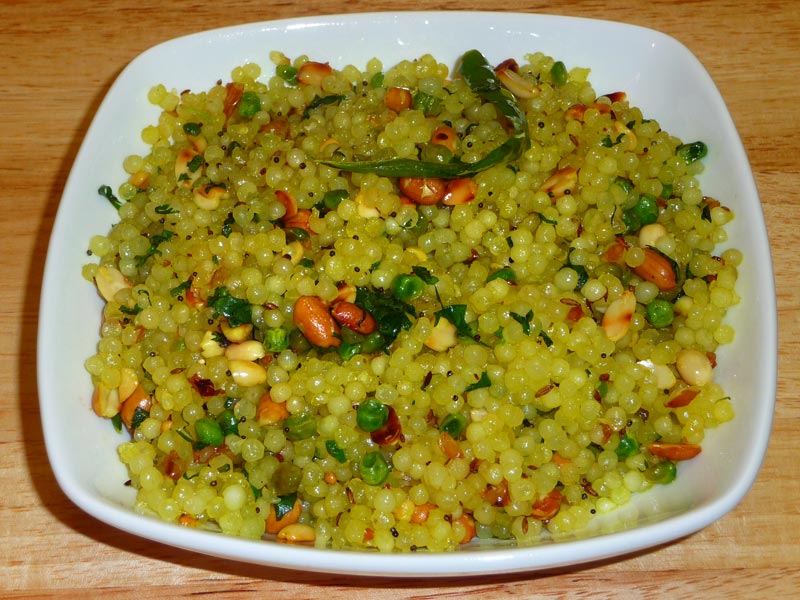
Another popular dish made from tapioca, Sabudana Vada is a crispy, deep-fried snack that’s perfect for breaking the fast. Made with mashed potatoes, crushed peanuts, and tapioca pearls, this dish is loved for its crunchy texture and nutty flavor.
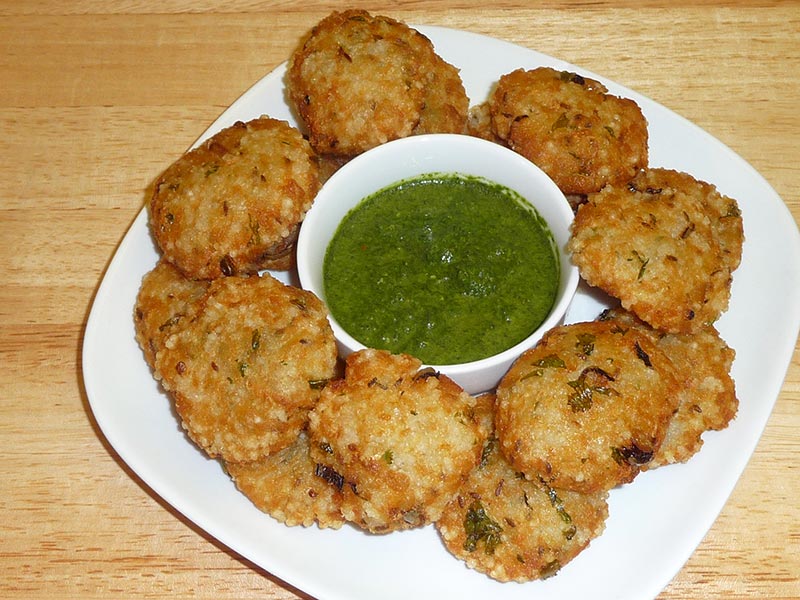
Kuttu (buckwheat) is a common grain substitute used during Navratri. Kuttu Ki Puri is a deep-fried bread made from buckwheat flour. This gluten-free puri is often paired with a simple potato or tomato curry, making it a delicious and wholesome meal for fasting days.
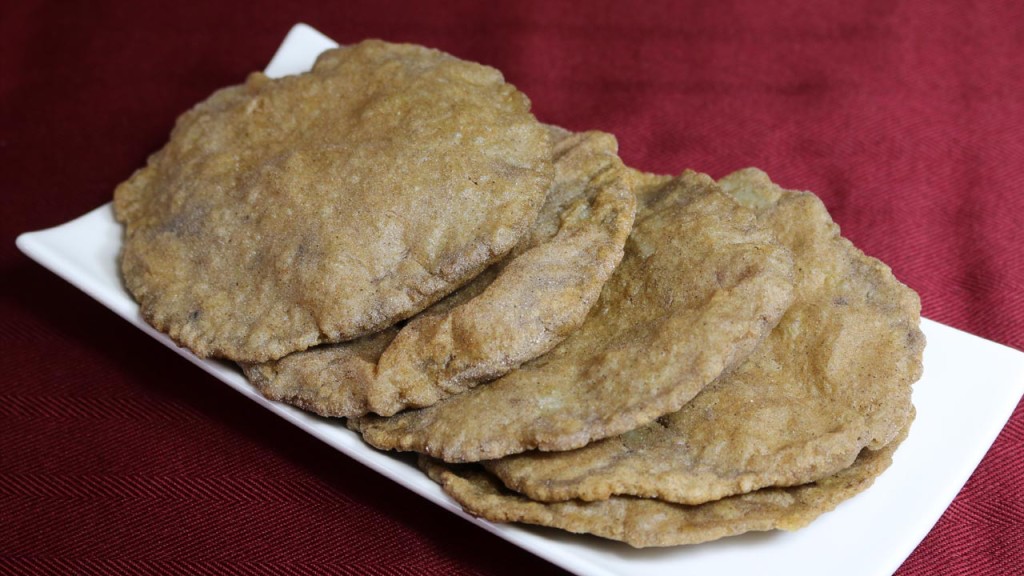
Arbi is another root vegetable that is commonly eaten during Navratri. It can be stir-fried with mild spices to create a flavorful, crispy dish that complements other fasting foods.
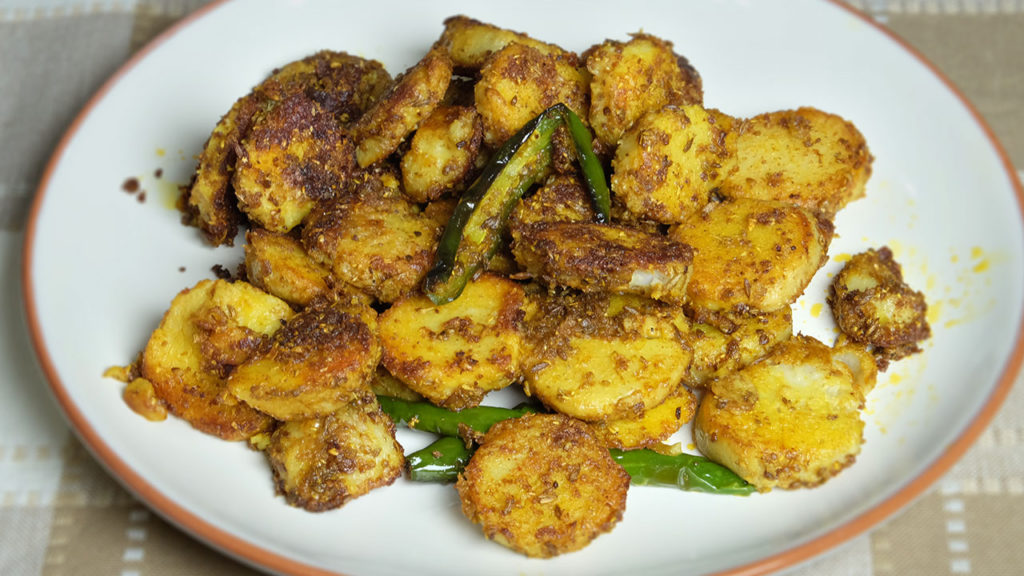
This simple yet flavorful dish made from potatoes and tomatoes is a Navratri favorite. Since onions and garlic are typically avoided during fasting, this curry relies on other spices like cumin and black pepper for its taste.

Shahi Kheer (Makhana Pudding)
Makhana (fox nuts) is considered a superfood, often consumed during fasting periods. Shahi Kheer is a rich, creamy dessert made with makhana, milk, sugar, and garnished with dry fruits. It is an ideal sweet dish to break the fast with, offering nourishment and energy.
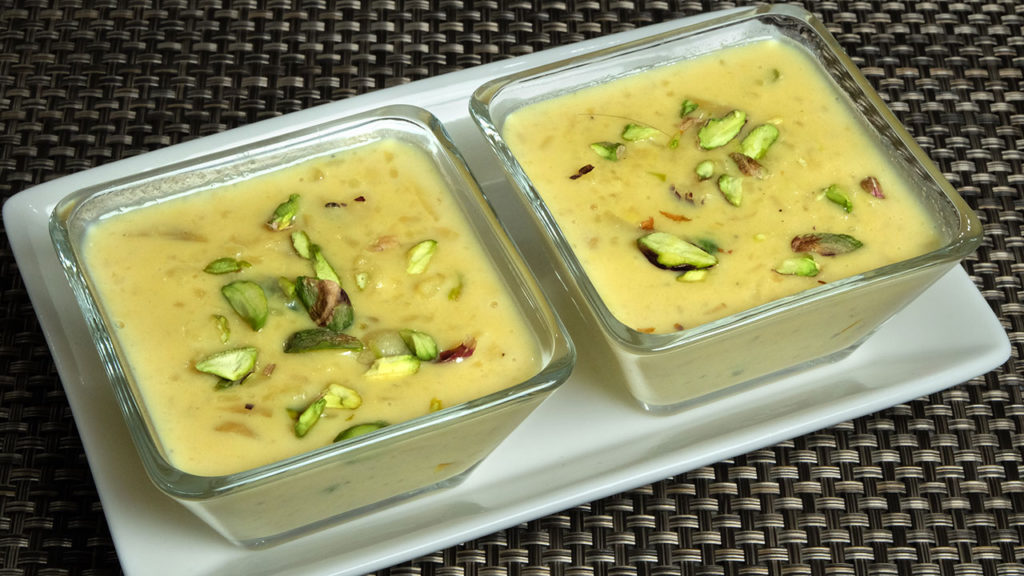
Fasting Guidelines and Tips
Fasting during Navratri is not just about abstaining from food; it is a holistic process involving spiritual discipline. Here are a few guidelines to help you observe the Navratri fast in a healthy and balanced manner:
- Stay Hydrated: Drink plenty of water, coconut water, or buttermilk throughout the day. Hydration is essential for maintaining energy levels, especially when fasting for prolonged periods.
- Eat Small, Frequent Meals: Instead of eating heavy meals, opt for small, nutritious meals spread throughout the day. This helps maintain your energy levels and prevents overeating.
- Include Protein and Fiber: Ingredients like sabudana, makhana, and nuts provide protein and keep you fuller for longer. Fiber-rich foods like fruits, vegetables, and root vegetables are also essential for maintaining digestive health during fasting.
- Avoid Fried and Oily Foods: While deep-fried snacks like Sabudana Vada and Kuttu Ki Puri are traditional, try to limit their consumption. Opt for steamed or lightly sautéed dishes to keep your diet light and healthy.
- Use Rock Salt (Sandha Namak): Ordinary table salt is avoided during Navratri fasting, so rock salt or sendha namak is used instead. It is considered pure and suitable for fasting diets.
- Listen to Your Body: Fasting should not compromise your health. If you feel weak or unwell, consider modifying your fast or consulting a healthcare professional. Spiritual discipline is essential, but it should not come at the cost of your well-being.
Frequently Asked Questions (FAQ) About Navratri Fasting and Feasting
1. Can I drink tea or coffee during the fast?
Yes, tea and coffee are generally allowed during Navratri fasting. However, it’s important to drink them in moderation to avoid dehydration or acidity.
2. What grains can I eat during Navratri fasting?
During Navratri, regular grains like wheat, rice, and corn are avoided. Instead, alternatives like buckwheat (kuttu), amaranth (rajgira), and water chestnut flour (singhare ka atta) are used to prepare dishes.
3. Can I eat fruits during the fast?
Yes, fruits are an essential part of the Navratri fast. Fresh, seasonal fruits like bananas, apples, and pomegranates are commonly consumed, and they provide hydration and essential nutrients.
4. Is it necessary to fast all nine days of Navratri?
Fasting all nine days is a personal choice. Many people fast on the first and last day of Navratri, while others choose to fast for the entire duration. The level of fasting is entirely up to the individual’s health, beliefs, and customs.
5. Can diabetics fast during Navratri?
Diabetics or individuals with medical conditions should consult a doctor before fasting. If fasting is still desired, it can be modified by consuming small, frequent meals that maintain blood sugar levels, such as fruits, nuts, and low-glycemic foods like buckwheat and amaranth.
6. What is the significance of breaking the fast?
Breaking the fast on the ninth day, or Ashtami, is symbolic of achieving spiritual completion. It is often done with a puja and a special meal. People break their fast with light, sattvic food to gently reintroduce nourishment to the body.
Conclusion
Navratri is not just a festival; it is a journey of spiritual cleansing, devotion, and celebration. Through fasting, devotees seek inner peace, mental clarity, and the blessings of Goddess Durga. The culinary offerings during this time reflect the spirit of simplicity and purity, with a range of wholesome, nourishing foods to sustain the body and soul. Whether it’s through the joyful Garbha dance or the simple act of offering food to the Goddess, Navratri is a time to connect with tradition, culture, and divinity.

